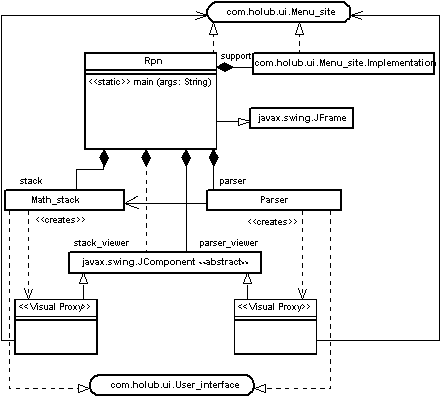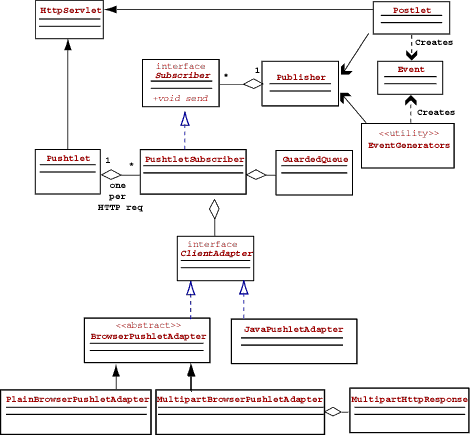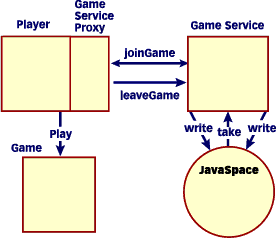Server-side Java: Advanced form processing using JSP
Use the Memento design pattern with JavaServer Pages and JavaBeans Typically, form processing involves multiple components operating in the background, with each component responsible for a discrete task such as state management, data validation, database access, and so on. While…
Breaking news in XML
Despite the scanty turnout, the recent XTech 2000 show produced several important XML/Java-related announcements Although sparsely attended, the recent XTech 2000 conference, held February 28 to March 2 in San Jose, Calif., featured some notable XML/Java announcements: JAXP: The Java…
The Java-enabled wireless world
Java will dominate the market for small, smart devices I predict that by next year Java will be the major wireless development platform. Your Walkman, personal digital assistant (PDA), Internet, wallet, and favorite video game will reside in a box…
User interfaces for object-oriented systems, Part 6: The RPN calculator
The RPN-calculator application demonstrates object-oriented UI principles This month we continue the process begun in the January Java Toolbox by completing the RPN (Reverse Polish Notation) calculator application. The RPN calculator is a small but nontrivial application that demonstrates some…
Pushlets: Send events from servlets to DHTML client browsers
Discover how pushlets, a servlet-based notification mechanism, enables server-side Java objects to call back JavaScript code within a client browser. These days, developers increasingly turn to servlets and JavaServer Pages (JSPs) as Web-based frontends that integrate backend databases, Enterprise JavaBeans,…
Make room for JavaSpaces, Part 3
Coordinate your Jini applications with JavaSpaces The first article in this JavaSpaces thread presented an overview of the JavaSpaces programming model and its simple API. You’ll recall that the model is based on spaces — shared, network-accessible object storage and…
The basics of Java platform performance
Where to focus your efforts Java’s architecture comprises four distinct and interrelated technologies: language, classfile format, Java API libraries, and Java Virtual Machine (JVM). When executing a Java application, the source code is written in the Java language, which is…
JavaWorld debuts weekly Java performance column
Plenty of quick tips on the horizon As a Java technology evangelist for Sun Microsystems, I travel around the world disseminating technical information regarding the Java 2 Platform to developers, members of the press, and analysts who don’t necessarily have…
Sun confers with licensees over control of Java
Sun and several of its biggest Java licensees haggle over the terms of the JCP 2.0 draft; meanwhile, ECMA blasts Sun for wasting the standards body’s time March 3, 2000 — Sun Microsystems Inc. today continued delicate talks with some…
JNDI overview, Part 3: Advanced JNDI
Use JNDI to store your distributed applications’ objects I need to cover a lot of ground this month, so I’ll leave out the fluff and cut right to the bullet points. First, the Java Naming and Directory Interface plays an…





